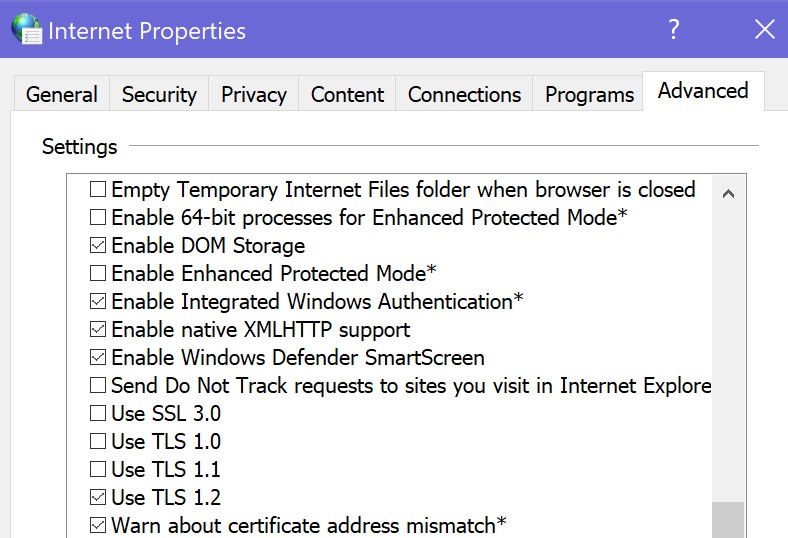

Secondly, navigate to appropriate key and create a subkey (Edit-New-Key) called Client HKEY_LOCAL_MACHINE\SYSTEM\CurrentControlSet\Control\SecurityProviders\SCHANNEL\Protocols\TLS 1.2\ HKEY_LOCAL_MACHINE\SYSTEM\CurrentControlSet\Control\SecurityProviders\SCHANNEL\Protocols\TLS 1.1\ Enable TLS 1.1 and 1.2 at the SChannel component levelįirstly, we need to create subkey called Client in each of the following two keys: However, some sites might still require it) In order to re-enable TLS 1.0, use the value 00000A80 for DefaultSecureProtocols entries. You need to do it manually by editing the registry file using regedit. As a result, this can no longer be done automatically. Microsoft-released patch file was revoked.

You need to patch your Windows Registry file, so that your OS will actually use the new TLS protocol versions (1.2, and 1.1 as a fallback) instead of the outdated and vulnerable 1.0 one. Update your Windows Registry file to TLS 1.2 This will equip your OS with TLS versions 1.1 and 1.2. Mind the appropriate product version for your OS. You can do that using Windows Update, since it’s available as an optional update, or manually download it from the official website (here). The first thing to do is to download and install the Windows KB3140245. Here’s a small guide explaining how you can do that. We can fix this by telling your OS to never use TLS 1.0 anymore, and stick with TLS 1.1 and 1.2 by default.


However, if you’re still using Windows 7 or Windows 8, you might have to perform some manual tasks in order to get rid of that outdated TLS version. But, always install the OS updates through the official channels. This issue doesn’t affect Windows 10 users. To justify, let’s just name the threebiggest attacks that managed to exploit the various TLS 1.0 vulnerabilities discovered within 20: BEAST, Heartbleedand POODLE. TLS version 1.0 is not safe anymore and should be disabled. How To Enable TLS 1.1 & TLS 1.2 In Windows 7 and 8


 0 kommentar(er)
0 kommentar(er)
